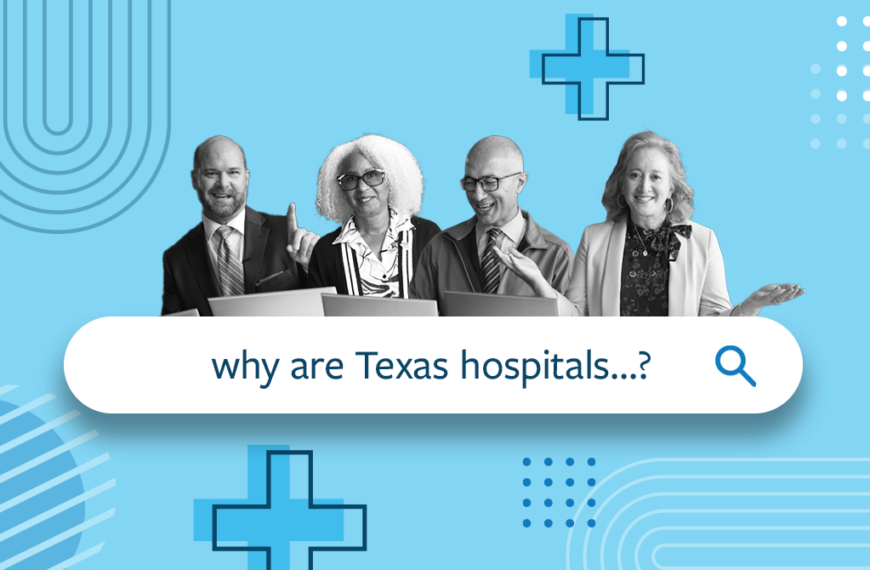More than 631 rural hospitals, including 76 in Texas, are at risk of closing because of financial hardship. And they’re not alone–many urban or suburban health systems also struggle with revenue shortages.
Medicare has created multiple value-based care programs to generate revenue for providers and practices. Out of these, Chronic Care Management has consistently emerged as one of the most successful.
Chronic Care Management is designed for Medicare patients with two or more chronic conditions. Those patients receive 20 minutes of preventative care per month. Their care coordinators help them set care goals, follow up on whether they’re meeting those goals, and provide transportation, food, or social resources.
CCM also generates revenue for practices. Potential revenue streams include:
- Fee-for-service payments
- The Medicare Shared Savings Program
- The MIPS/Quality Payment program
- Other ACO and APM models
- Leakage mitigation
- Increased E&M encounters
Practices and health systems can employ Chronic Care Management to meet their revenue goals while offering proactive, preventative care to their patients.
Recurring Revenue Streams from Chronic Care Management
Chronic Care Management leads to recurring fee-for-service payments each month. But CCM can also lead to increased reimbursements from value-based care programs like MSSP, MIPS, or ACOs, can reduce patient leakage, and can increase E&M encounters between patients and their providers.
1. Revenue Stream: Fee-for-Service
If your practice relies on fee-for-service payments, you can receive reimbursement for Chronic Care Management for every enrolled patient, every month, who receives the 20 minutes of preventative care. After your patients receive care, you will submit CPT code 99490 for reimbursement.
Though the FFS payment varies depending on practice location and whether your practice is an FQHC, RHC, or traditional organization, payments typically range from $700-$1,000 per patient annually. That means with just 300 enrolled patients, you can generate $210,000–$300,000 in additional FFS payments each year.
2. Revenue Stream: Medicare Shared Savings Program
Chronic Care Management can also help with beneficiary attribution for Medicare Shared Savings Program participants. When patients have an encounter with your practice every month, they will be attributed to you based on the plurality of care formula.
Preventative care also helps improve patient outcomes. ChartSpan patients who enrolled in CCM had 12.1% fewer ED admissions and 13% fewer hospital readmissions than patients who were eligible for CCM but didn’t enroll. These improved outcomes can help your organization receive a greater share of savings from MSSP.
3. Revenue Stream: MIPS/Quality
The Merit-based Incentive Payment System, part of Medicare’s Quality Payments program, lets providers receive increased reimbursement and bonus pool payments for Quality, Cost, Promoting Interoperability (PI), and Improvement Activities designated by Medicare.
As of this writing, a MIPS score of 75 places providers in the bonus pool. The median ChartSpan CCM customer scores a 94, with nearly 40% of customers earning perfect 100 scores.
Chronic Care Management helps with MIPS and quality scores by identifying care gaps that providers can close. CCM coordinators have 12 opportunities a year to speak with patients and identify missing vaccinations, cancer screenings, or eye exams. The care coordinator can then help patients make appointments to close these gaps.
4. Revenue Stream: Other ACO & APM Models
Many ACOs and APMs, like ACO Reach and Primary Care First, rely heavily or entirely on beneficiary attribution. If your practice submits a CCM claim for a patient every month, CMS will see that you provide the plurality of the patient’s care and is highly likely to attribute the Medicare patient to you.
5. Revenue Stream: Leakage Mitigation
CCM can help reduce the number of patients who go outside your health system or ACO for high-cost specialty care. Care coordinators give patients a strong sense of connection to their primary provider, and the coordinator can reach out to that provider for specialist recommendations.
This helps ACOs produce more in-network revenue for their practices and makes care more efficient, since it’s easier to share health records and EHR information within an established network.
6. Revenue Stream: Evaluation & Management Encounters
An analysis of CCM programs showed that they increased average E&M visits for enrolled patients by 8%. Care coordinators can make appointments for patients who are experiencing symptoms or struggling to manage their chronic conditions, before those conditions worsen or patients end up in the hospital.
Diversifying Practice and Hospital Revenue with CCM
Chronic Care Management gives hospitals, health systems, and practices who are struggling to bring in revenue multiple opportunities to find new revenue streams.
CCM can help with monthly fee-for-service revenue, MSSP, MIPS and ACO performance, preventing leakage, and increasing E&M encounters–and with that revenue, you can continue serving the Texas patients who need you.
This article is sponsored by ChartSpan. ChartSpan is the largest CCM organization in the U.S. and a provider of additional value-based care services.
Related articles from The Scope
The THA 10: Legislation Driving Texas Hospitals’ State Agenda in 2025
Occasionally – with bad legislation littering the agenda of the…
Staying Alive: The Facility Fee Debate
Talk to Frank Beaman about the latest legislative push to…
Congress Must Protect Our Health Care Safety Net
Figuratively, we in the health care world call it the…
After the Election: The Outlook for Texas Hospitals
Last week’s general election brought clarity for the Texas Hospital…
Texas Hospital Executives Answer the Internet’s Questions About Hospitals
We asked clinical, finance and executive leaders from hospitals across…
Big Changes to Medicare Care Management in 2025
The 2025 Medicare Physician Fee Schedule Proposed Rule introduces several…






